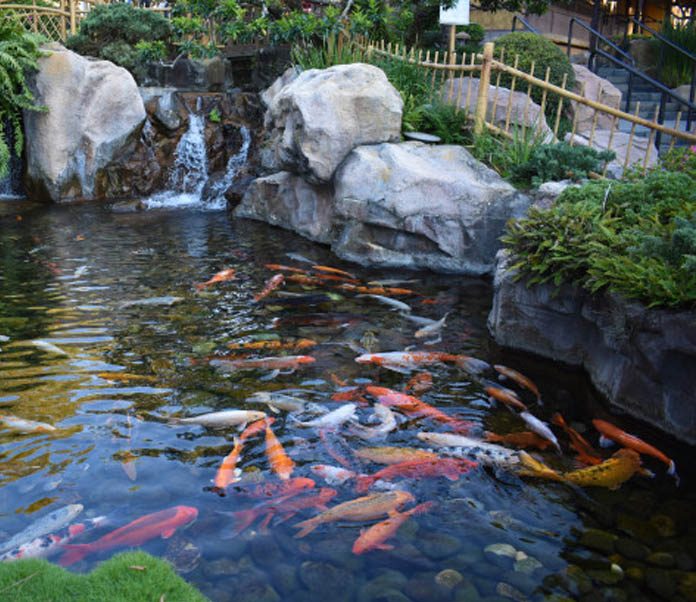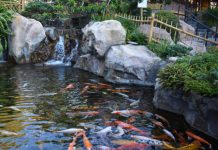An ornamental or garden pond is beautiful, and will add an element of unique tranquility to your backyard. Proper pond care when starting out is critical for a low-maintenance pond season and a flourishing, healthy pond ecosystem. Whether filling a new pond or re-establishing an existing pond, following some simple start-up steps early in the spring will yield benefits all season long.
Remove large debris & use water conditioner when adding or changing water
If you are re-establishing an existing pond, you must first remove any large debris, like sticks and leaves, and then change 15-25% of the pond water to reduce any waste that has built up over the winter. To make your tap water safe for fish when you add water back to your pond, it must be treated with a pond water conditioner to eliminate harmful chemicals. Always use a pond water conditioner whenever you are adding water to your pond.
Quick start the natural cycle of your pond
To prevent poisonous compounds from harming your fish, it is important to quick start your pond’s natural cycle – also called the “biological filter” – using nitrifying bacteria. The biological filter works to convert poisonous compounds, such as ammonia and nitrite, into harmless nitrate. Select a treatment that is specifically designed to add nitrifying bacteria to ponds.
Keep your pond clear and healthy
Cleaning your pond is an essential part of proper pond care. As it is exposed to the elements, waste such as leaves, grass clippings, uneaten fish food, fish waste, and decaying plant material such as dead algae, all contribute to the build-up of sludge in a pond. Sludge is not only unsightly but unhealthy, as it creates a breeding ground for disease-causing bacteria. To rid your pond of sludge, treat with a bacterial pond cleaner which will break down and consume organic pollution or sludge for clear water and a healthier ecosystem.
In addition, it is important to remove algae as soon as you notice it in your pond. Algae grows easily with the presence of sunlight, where there are excess nutrients for it to feed on. If algae growth occurs, quickly kill it with a treatment designed specifically to fix any algae issues. Be sure to select an algae fix that can be used with live plants and fish.
Cloudy water can also occur as your fish become active and stir up debris and sludge from the bottom of your pond. Treat your pond with a water clarifier to remove any floating debris for crystal clear water. Also use a sludge remover to reduce uneaten fish food and debris that has dropped to the bottom.
Feed your fish & plants
Of course, there are also your fish and plants to consider as you start or re-establish your pond! Ensure your fish receive the proper food for their nutritional needs throughout the pond season. Your pond plants will also require nourishment, so it is essential to add fertilizers specifically designed for pond plants to your soil. This will aid in the growth of buds, leading to spectacular flowers and lush foliage surrounding your pond.
Perform tests to evaluate your pond’s water quality
You will need to test your water regularly to keep levels in your pond where they should be for an optimal ecosystem. It is not possible to know the condition of your water without testing it, so select a kit that will allow you to test the pH, ammonia, nitrite, and phosphate levels in your pond.
Keeping an ornamental or garden pond is a fun and rewarding way to greatly enhance the natural beauty of your yard. Following these tips, you are sure to have an easy and successful pond season!
recommend Products
| Picture | Name | Price | Description |
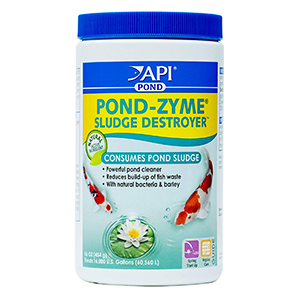 |
API Pond-Zyme Sludge Destroyer Pond Cleaner with Natural Pond Bacteria & Barley | $26.13 | Learn More |
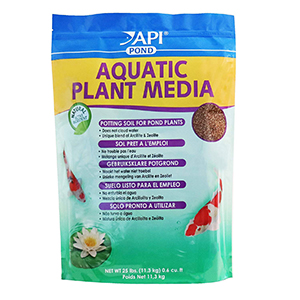 |
API POND AQUATIC PLANT MEDIA Potting Soil For Pond Plants | $24.80 | Learn More |
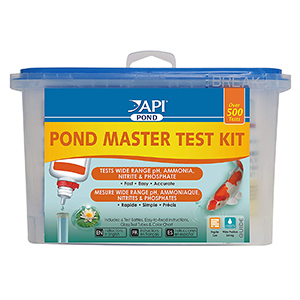 |
API POND MASTER TEST KIT Pond Water Test Kit 500-Test | $42.65 | Learn More |














